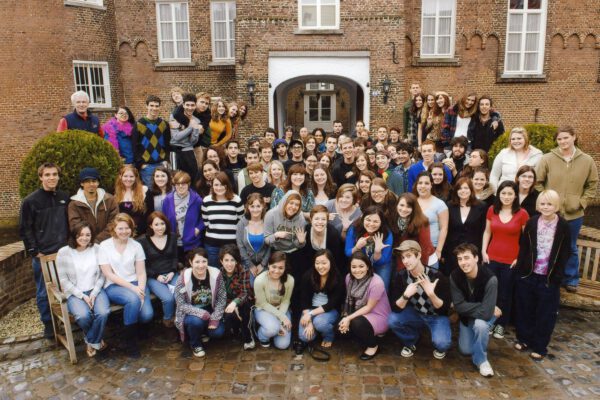NCLS Releases Eleventh Annual High School Benchmarks Report Tracking Trends in College Progress
Title: High School Benchmarks
Source: National Student Clearinghouse Research Center
The High School Benchmarks report is an annual report from the National Student Clearinghouse Research Center that aims to encapsulate the transition from high school to higher education. This year’s report features three primary areas of assessment: immediate enrollment, persistence, and completion; a special analysis of 2020 graduates; and enrollment by major and STEM completion.
Key findings include:
Immediate enrollment, persistence, and completion
- College completion rates for the class of 2016 varied significantly by high school demographics. A majority (59.6 percent) of students from low-poverty high schools completed their degree within six years, whereas only a quarter (24.9 percent) of students from high-poverty high schools completed their degree in the same time-frame.
- Smaller gaps occurred between urban, suburban, and rural high schools across multiple metrics. Immediate fall enrollment for 2022 high school graduates differed less between urban, suburban, and rural high schools (58.6 percent, 63.7 percent, and 54.6 percent, respectively) than between low and high poverty high schools (70.9 percent and 49.9 percent, respectively). The class of 2020’s first-year persistence rates across urbanicity classifications were similar, but significant gaps remained across income and minority levels.
Special analysis of 2020 graduates
- Regardless of student characteristics, postsecondary enrollment has not recovered in the years following the height of the COVID-19 pandemic.
- The majority of 2020 high school graduates attending postsecondary education enrolled in the semester immediately following graduation.
- The enrollment rate for students who graduated high school in 2020 varied significantly by school poverty level. Low poverty high schools had a much higher enrollment rate (65.9 percent) than high-poverty schools (43.6 percent).
Enrollment by major, STEM completion
- A larger share (9.3 percent) of students graduating from rural high schools chose majors in health professions and related clinical sciences, compared to suburban and urban high schools (6.8 percent and 6.6 percent, respectively).
- Completion rates in STEM fields of studies differed significantly across high school types. While 22.5 percent of STEM majors from low poverty high schools completed their degree within six years, 7.7 percent of students from high poverty high schools did the same.
- In 2022, low poverty high school graduates chose engineering as their major at a higher rate than high poverty high school graduates (7.9 percent and 5.6 percent, respectively). Furthermore, the share of engineering graduates among STEM completers for 2016 high school graduates was higher for low poverty high schools (20.7 percent, compared to 11.2 percent for high poverty high schools).
To view the data-dashboard, click here.
—Erica Swirsky
If you have any questions or comments about this blog post, please contact us.


